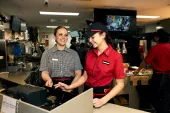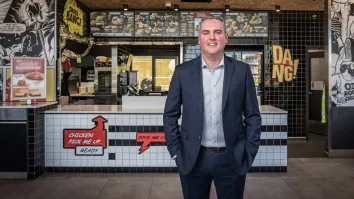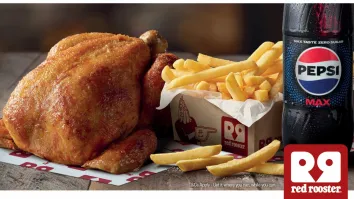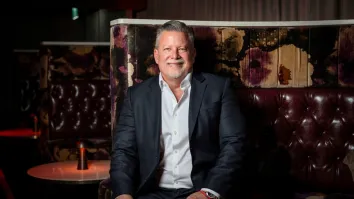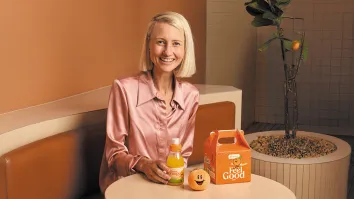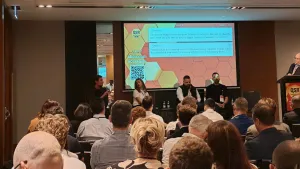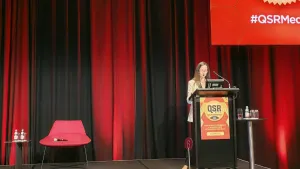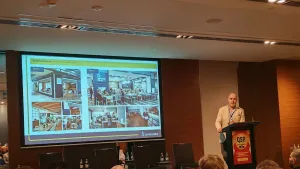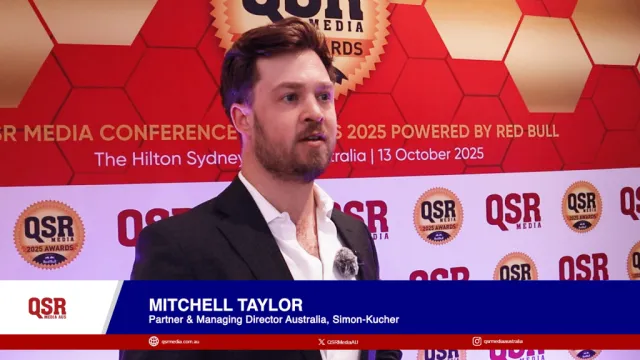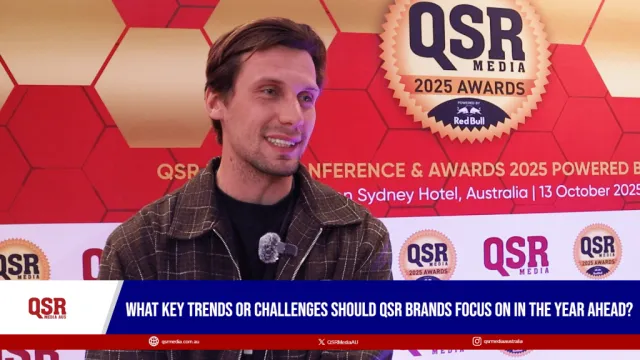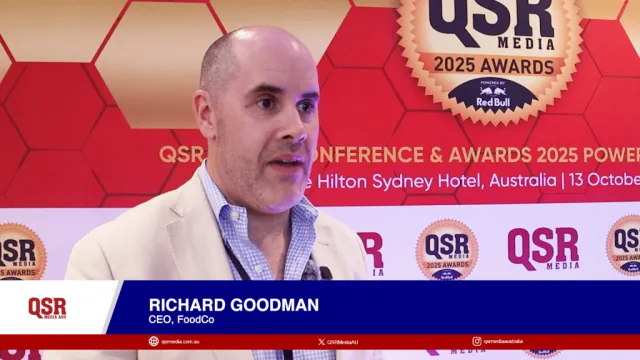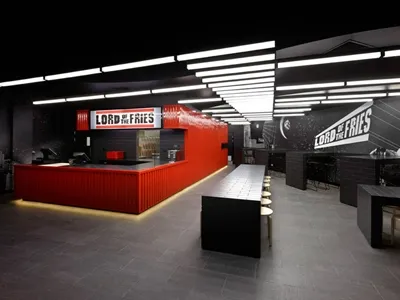
Beyond fandom: How QSR’s are using social media to shape their business
Online social media sites like Facebook and Twitter offer a relatively cheap way for QSR’s to market their new products.
But in our exclusive survey of nine brands where we asked: “What are you doing in the social media space?” we found that establishments are finding increasing value in social media not only to push out promotions, but also to get a strategic pulse on changing customer preferences and attitudes.
Baskin-Robbins and Lord of the Fries, for example, are gathering new menu ideas and evaluating promotions based on fan comments.
“Our current Facebook fan base has been a good forum to gain feedback from our guests about favourite flavours, new product launches and promotions,” said Julian Casa, Marketing Manager, Baskin-Robbins Australia. “Moving forward we plan to get them more involved in deciding what features on our menu as well as reward them for their loyalty.”
“It’s become a customer service tool, allowing us to quickly and efficiently respond to enquiries and comments and also a way to broadcast our developments such as new menu items. For example a recent announcement of our new Parma Burger generated 176 likes and 65 comments, which is great engagement.” said Sam Koronczyk, Co-Owner and Co-Founder Lord of the Fries (LOTF).
Meanwhile, Jamaica Blue said it averted a media firestorm by listening to and appeasing Facebook fans by quickly ceasing their sponsorship relations with The Circle, a Channel Ten program, after a broadcasting controversy.
“Facebook provided Jamaica Blue with a platform to easily respond to hundreds of customers who posted comments about the highly-reported and controversial remarks about a SAS soldier on the TV program. Ultimately, a range of factors – including customers’ Facebook comments – led to Jamaica Blue’s decision to cease its sponsorship of The Circle, and Jamaica Blue first made the announcement of its cancelled sponsorship via Facebook,” said Serge Infanti, Managing Director, Foodco Group.
Social media sites, in effect, are becoming less of a sales pitch medium and more of an online conversation channel where QSR’s can forge a deeper connection with customers.
Some like Baskin-Robbins use iPhone games to relate their restaurants to their younger market. “Last year we launched a fun iPhone application, Scoop Groups, which is free to download and particularly popular with our younger fans. Users can compete for the best score on an addictively fun game, locate a restaurant or find information on our delicious range of beverages, desserts and treats,” said Mr Casa of Baskin-Robbins.
Others like Muffin Break are using bigger-scaled campaigns with social media tie-ins.
“The Great Bake Sale five-week school fundraiser campaign saw more than 2,735 schools register on the Muffin Break page on Facebook before rallying ‘Likes’ (or votes) for their school during the promotional period. The competition was won by a NSW school of just 28 students and for Muffin Break: More than 45 million ad impressions on Facebook with a reach of more than 1.6 million unique users,” said Mr Infanti of Foodco Group.
He said the Muffin Break Facebook page, which now has roughly 60,000 fans, is now ranked in Australia’s Top 10 Facebook pages.
While not all QSR’s can boast of similar impressive engagement on social media, at the very least they are attempting to create a presence. Pizza Inn and Oliver’s Real Food have just started to create Facebook pages, and Salsa’s Fresh Mex Grill is growing its following on the popular site.
“When comparing other social media outlets, we believe Facebook is an ideal platform for us as it offers the greatest flexibility in terms of how we communicate with our customers. We’ve seen organic growth of 33% in less than 12 months, and there is clearly a great deal of opportunity to engage with our customers and have an on-going dialogue with them well beyond the store front,” said Brett Carman, GM, Salsa’s Fresh Mex Grill.
Growing a social media following is also a high priority for Pacific Retail Management, which offers franchises for Wasabi Warriors and Go Sushi. It does so by giving fans a reason to visit their page -- from offering exclusive Facebook offers and blasting out relevant news updates.
“For Wasabi Warriors Brisbane, we are currently running a Facebook Check-In Promotion from store level, as a brand awareness tactic for the new location. To assist the Recruitment & Corporate side of the business, all media coverage is shared across Linked-In also,” said Nicola Mills, MD, Pacific Retail Management.
Still, not all franchise QSR’s are convinced that social media is the best way to distinguish one’s brand primarily because of its low barrier to entry.
“We are encouraging franchisees to use this often free medium. I think it may not be the greatest medium for branding with the oversaturation of brands and offers out there,” said Murat Coskun, CEO, Sunshine Kebabs, “But I think it is very useful for operators to communicate their offers and events to their relevant contacts.”

